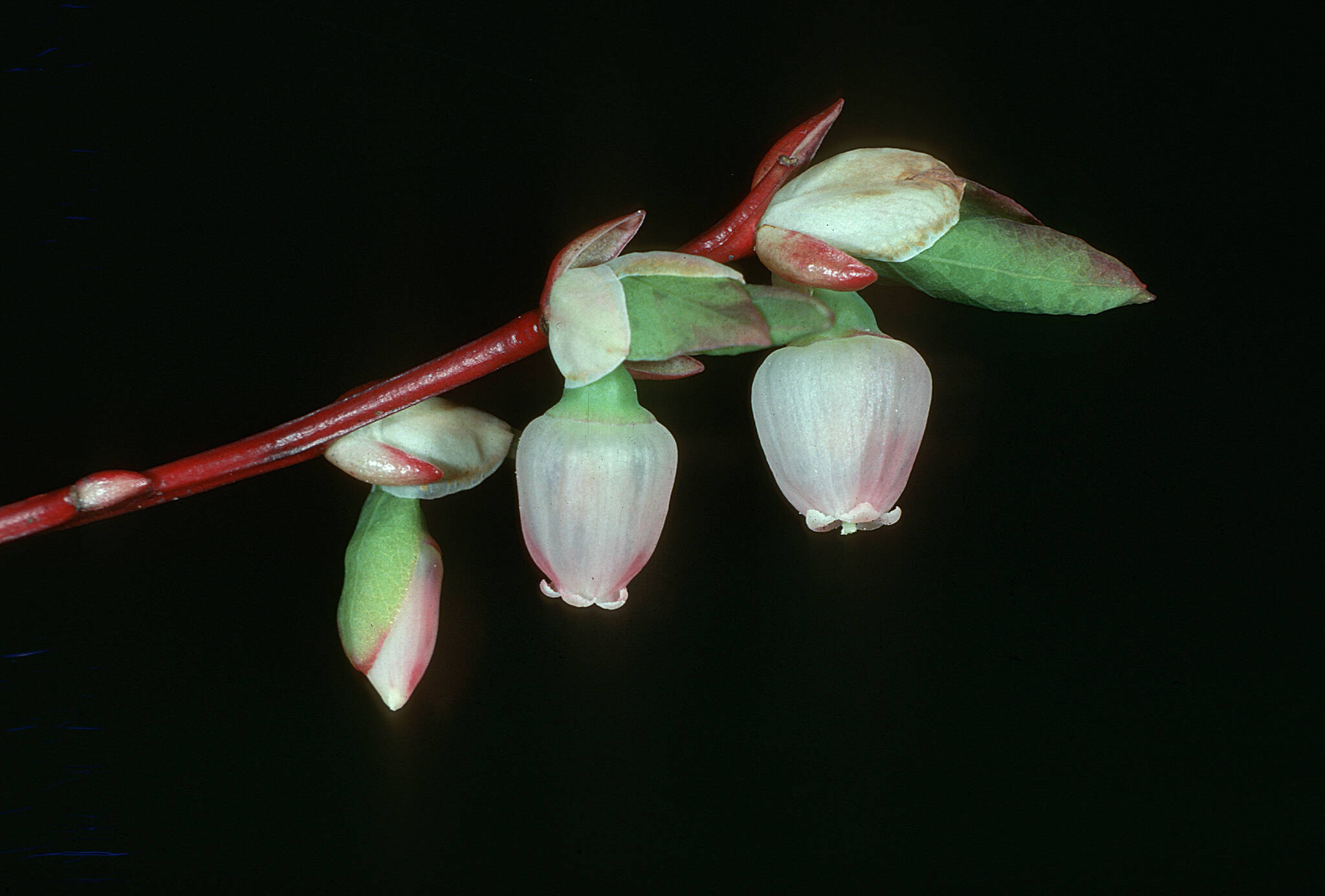By Mary F. Willson
For the Juneau Empire
As February became March, the longer days and a streak of relatively warm days meant that folks on the trails were greeting me with “It smells like spring!” and “Spring is in the air!”
Of course, we weren’t really done with snow—one day in the second week of March, I slithered and slewed, creeping through deep slushy snow on the North Douglas highway, and my driveway was thick with the same. More snow came a few days later.
Critters and plants are getting ready for spring, too. Ravens carry sticks to build a nest. Eagles are building too, bringing sticks to a growing platform that will, one day, hold some eggs in a soft cup. Mallards are seen in pairs on the wetlands; mergansers too. Juncos begin to sing, but not yet in full voice. There is a report of snow geese, the first of their kind this year.
Plants also know what’s coming. Skunk cabbage pokes sharp green tips of folded leaves above the surface of ice-fringed ponds. Buds on elderberry and cottonwood are getting fat, preparing to send forth young leaves in a few weeks; buds on the rose bushes at the end of the dike trail are also showing promising signs. Woolly cinquefoil on a rocky outcrop above the beach shows green leaves tucked under old brown foliage.
Meanwhile, we’re still skiing the campground and the Montana Creek Trail. The big lake and the ponds in the Mendenhall Valley are still covered with (softening) ice. The slate-colored form of dark-eyed juncos that visit us from the Interior are still here, coming to feeders along with the local Oregon form.
We all have signs of spring that we await eagerly and greet with glee. Here is a sampling of favorite signs from a few trail-walking friends (a few of these examples have happened already!):
— Pussy-willow catkins, males presenting pollen
—the squalling of varied thrushes
—the first crocuses on a sunny bank
— the first bumblebees, coming to crocus flowers and willow catkins
—mermaids’ purses (egg cases of long-nosed skates) washed up on a particular North Douglas beach
—the rollicking song of ruby-crowned kinglets
— early yellow violets
—wren songs from the thickets
—footprints of a bear, just emerged from hibernation
—arrival of sapsuckers, their drumming and tapping and calling
—the appearance of rufous hummingbirds (in addition to Anna’s, some of which stayed all winter)
—a flight of shorebirds on their way north for the nesting season
—a few swans in an estuary
— pinkish flowers of early blueberry
—alder catkins starting to get soft and limp, in preparation for releasing pollen
—the refreshing aroma of cottonwood buds (after some warm days and nights)
Looking for signs of spring as they develop is a big part of the pleasure in taking a walk at this time of year. Given Juneau’s assortment of microclimates, we can expect to see things happening at different times in different places. And the looking will only get better in the next few weeks!
• Mary F. Willson is a retired professor of ecology. “On the Trails” appears every Wednesday in the Juneau Empire.

